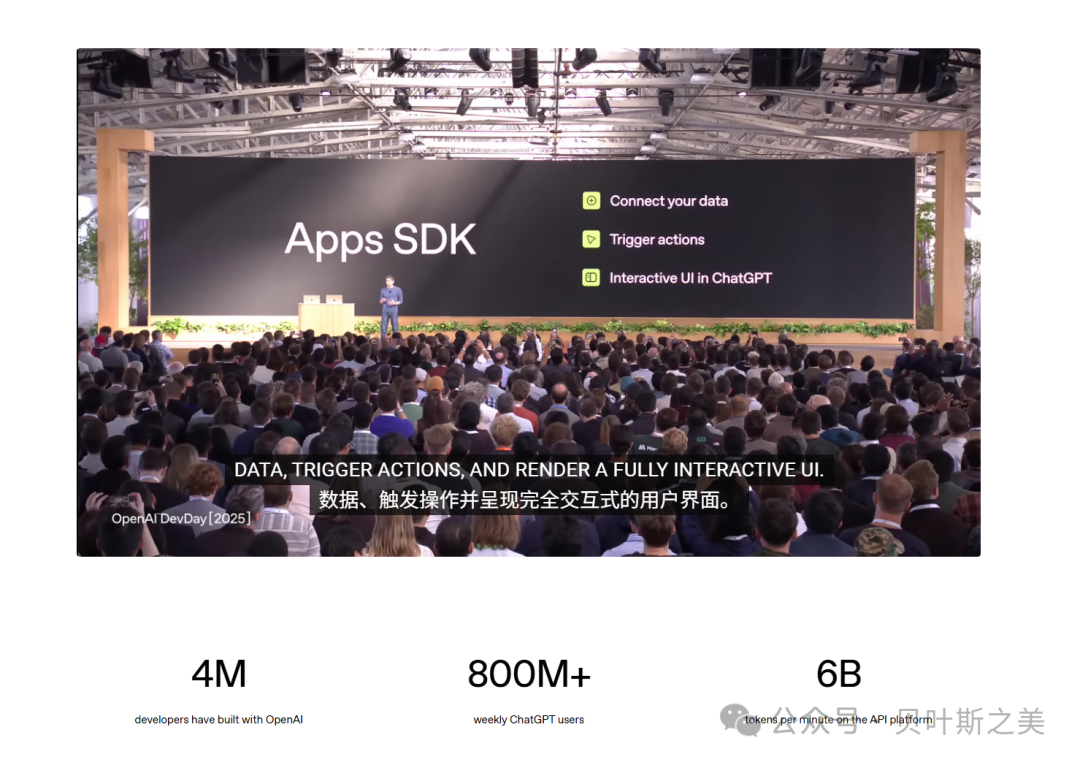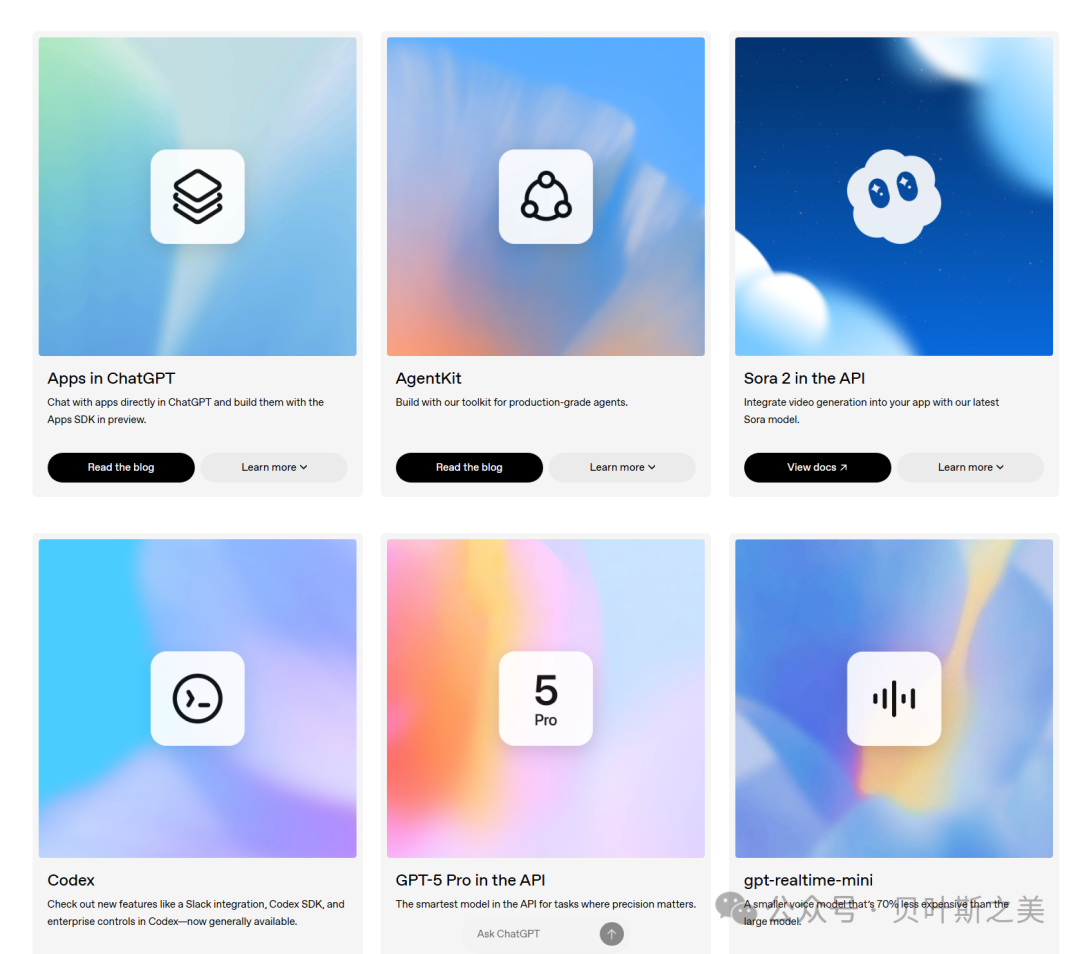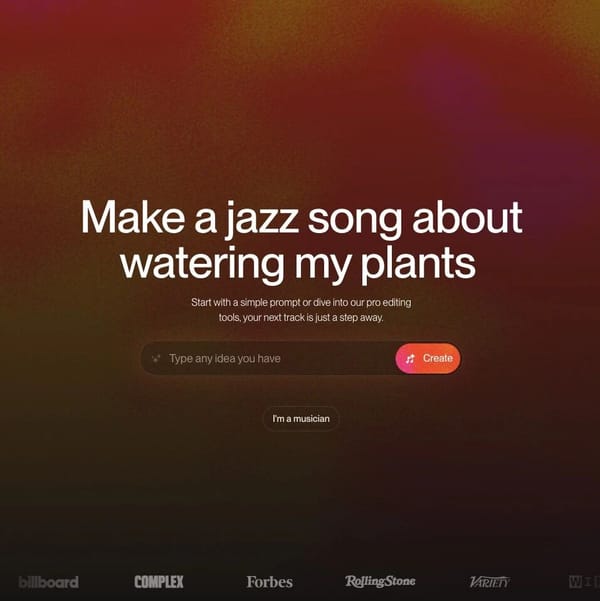OpenAI Sets the Stage: The Starting Point of the AI Application Boom? | [Jingwei Quiet Share]
![OpenAI Sets the Stage: The Starting Point of the AI Application Boom? | [Jingwei Quiet Share]](/content/images/size/w1200/2025/10/img_001-5.jpg)
Application-Layer Ignition: Is This the Moment?

In the early hours of October 7, 2025, OpenAI’s annual Developer Conference — Dev Day arrived right on schedule. Nicknamed by netizens as a “National Day gift”, this technology showcase revolved around the theme “helping people create better with AI”.
Behind the launches and updates was a clear industry shift: developers are now defining how humans and machines interact. From iterative suite upgrades to surprise product reveals, OpenAI once again expanded global perceptions of AI’s application boundaries.
---
The Big Reveal: Apps Inside ChatGPT
The centerpiece was the debut of Apps Inside ChatGPT — the successor to the 2023 Plugin system.
Key change: the “jump-to-link” limitation is gone. Now, you can:
- Create PPTs directly in Canva within ChatGPT
- Play Coursera course videos in-chat
- Browse Zillow listings and get instant answers like “distance from this house to the nearest dog park” using integrated maps
---
AgentKit: No-Code, Professional AI Tool Building
OpenAI introduced AgentKit — making no-code AI tool creation possible.
The suite includes:
- Visual Agent Builder
- Embeddable Chat Kit
- Upgraded Evals evaluation tool with four new capabilities
---
API Layer Upgrades
- GPT-5 Pro — 400k context API for high-precision finance/healthcare scenarios
- Sora 2 / Sora 2 Pro APIs — 15-second video generation starting at $1.5
- Real-Time Mini voice model — 70% price drop to make voice interaction more accessible
Lowering barriers builds the foundation for application-scale creativity — potentially OpenAI’s biggest long-term play.
---

Assembling a Conversational "Smart OS"
OpenAI is stitching together:
- Search (GPT Search)
- Agents (AgentKit)
- App Store (Apps in ChatGPT / Apps SDK)
- Content/Distribution (Sora App)
- In-conversation Transactions (Instant Checkout)
- Personalized Start (Pulse)
This early form hints at a conversational intelligent operating system.

---
Key Takeaways from OpenAI Dev Day
Overall Impressions
- ChatGPT evolving from “gateway” to “OS-like platform”
- Launch of Apps in ChatGPT + Apps SDK, with submission and monetization directories coming — an App Store moment.
- From “model” to “agent & workflow platform”
- Release of AgentKit for orchestration, fine‑tuning, and enterprise-grade governance.
- Integrated commerce loop
- Instant Checkout (Stripe + Etsy, Shopify soon) links apps with e-commerce.
- Scaling demand and supply
- 800M+ weekly active users, API handling 6B tokens/minute, and a 6GW AMD compute agreement.
- The “daily start” race
- ChatGPT Pulse delivers personalized daily feeds; ads possible but not yet enabled.
---
Product Release Highlights

Notable Announcements:
- Apps in ChatGPT: interactive in-chat apps from first partners (Booking.com, Canva, Coursera, Expedia, Figma, Spotify, Zillow). Built on MCP protocol.
- AgentKit: Agent Builder, ChatKit, Connector Registry, Guardrails for safety.
- Evals Upgrade: new scoring, prompt optimization, third-party eval support.
- Codex GA: coding agents with Slack integration, SDK, enterprise controls.
- Models: GPT‑5 Pro, Sora 2, gpt‑realtime‑mini voice, gpt‑image‑1‑mini.
- Agentic Commerce: Instant Checkout powered by ACP.
- Pulse: personalized morning brief using authorized data.
---
Strategic Positioning: From Entry Point to System
Platform transition:
Apps SDK + directory + monetization turn ChatGPT into "micro‑app OS" — moving interactions from web clicks to embedded chat components.
Agentic shift:
AgentKit lowers enterprise deployment barriers with orchestration, control, governance, and front‑end integration.
Commerce integration:
Discovery → interaction → payment in one chat space boosts conversion and negotiation power.
Compute moat:
6GW AMD partnership supports parallel growth in apps, agents, and video workloads.
---
Implications for Software Industry
- Distribution & transactions in chat — compresses the classic “search → click → register → pay” funnel.
- From API-first to agent-first — packaged, controllable production pipelines via AgentKit.
- New revenue models — subscriptions + GMV fees + app directory monetization.
- Scaled supply — developers access 800M+ weekly users during a platform reshuffle.
---
The “Three Flywheels” Model
- Entry Flywheel — Apps in ChatGPT + Pulse forming daily habit entry points.
- Runtime Flywheel — AgentKit and Evals making agents operable and reliable.
- Transaction Flywheel — Instant Checkout + ACP bringing transactions into conversation.
Scale metrics: 800M+ weekly users, 4M developers, API at 6B tokens/min — platform-ready for ignition.
---
Competitive Landscape
- Google — default search entry, Android/Chrome distribution, Gemini Apps.
- Microsoft — Windows/Office/Teams + Copilot + MCP adoption.
- Others — Facebook, Salesforce, WeChat offering comparable integrated ecosystems.
---
Commerce & Settlement
- Powered by Stripe’s Agentic Commerce Protocol (ACP)
- Merchants retain payment/risk control systems
- No preferential ranking for instant-buy results
- Small transaction fee per completed sale
Open approach reduces "platform tax" compared to closed-loop app stores.
---
Data & Consent
- Explicit permission statements for all Apps/MCP integrations
- Pulse allows user control over daily brief content
- Merchants and developers keep their systems and customer relationships
---
Comparable Historical Cases
- Apple App Store — strong distribution & payment, but closed-loop; contrasting with MCP’s openness
- WeChat Mini Programs — social-as-OS model similar to ChatGPT’s global approach
- Facebook Credits — centralized payments later abandoned; ChatGPT avoids these pitfalls via ACP/Stripe
- Google AI Overviews — conversation + action gateway in search results
- Salesforce AppExchange — mature enterprise workflow store precedent
---
AiToEarn: A Parallel Ecosystem Example
Platforms like AiToEarn illustrate how independent ecosystems can thrive alongside ChatGPT’s Smart OS model. AiToEarn:
- Generates AI content
- Publishes across Douyin, Kwai, WeChat, Bilibili, Xiaohongshu, Facebook, Instagram, LinkedIn, Threads, YouTube, Pinterest, and X (Twitter)
- Integrates analytics and AI model rankings
- Enables sustainable global monetization without single-platform lock-in
---
Strategic Moment Assessment
We may be between Level 1 (traction) and Level 2 (structural inflection) — missing only:
- Consistent upward trend in app directory retention/recall
- In-session GMV growth post‑Shopify expansion
- High enterprise adoption of AgentKit with proven reliability gains
---
Related Reads:
- Jingwei Ventures — Zhang Ying Internal Speech: 2024, Four Key Decisions
- Jingwei Ventures — Xu Chuansheng: Same Question Over Years
- Zhang Ying: 2025, Four Important Judgments
---
Conclusion: Application-Layer Scalability Is Here
OpenAI’s integrated entry + runtime + transaction model, backed by scale and supply readiness, lays the groundwork for application-layer ignition.
Whether this becomes a super inflection point depends on adoption and monetization curves in upcoming quarters.
At the same time, open-source ecosystems like AiToEarn prove multi-platform reach and monetization will remain valuable — ensuring creators and developers can thrive beyond any single Smart OS platform.



